Why you can trust TechRadar
One major indicator of Huawei's power on the smartphone scene is the fact that it's one of the few manufacturers to be able to lean on its own chip technology. HiSilicon is a wholly owned subsidiary of the Chinese giant, and it makes the Kirin 930 CPU that powers the Huawei MediaPad M2.
This comes with a quad-core 2.0 GHz Cortex A53 and a quad-core 1.5 GHz Cortex A53 set-up, which it can switch between according to the intensity of the task. It's backed by a slightly creaky Mali-T628 MP4 GPU.
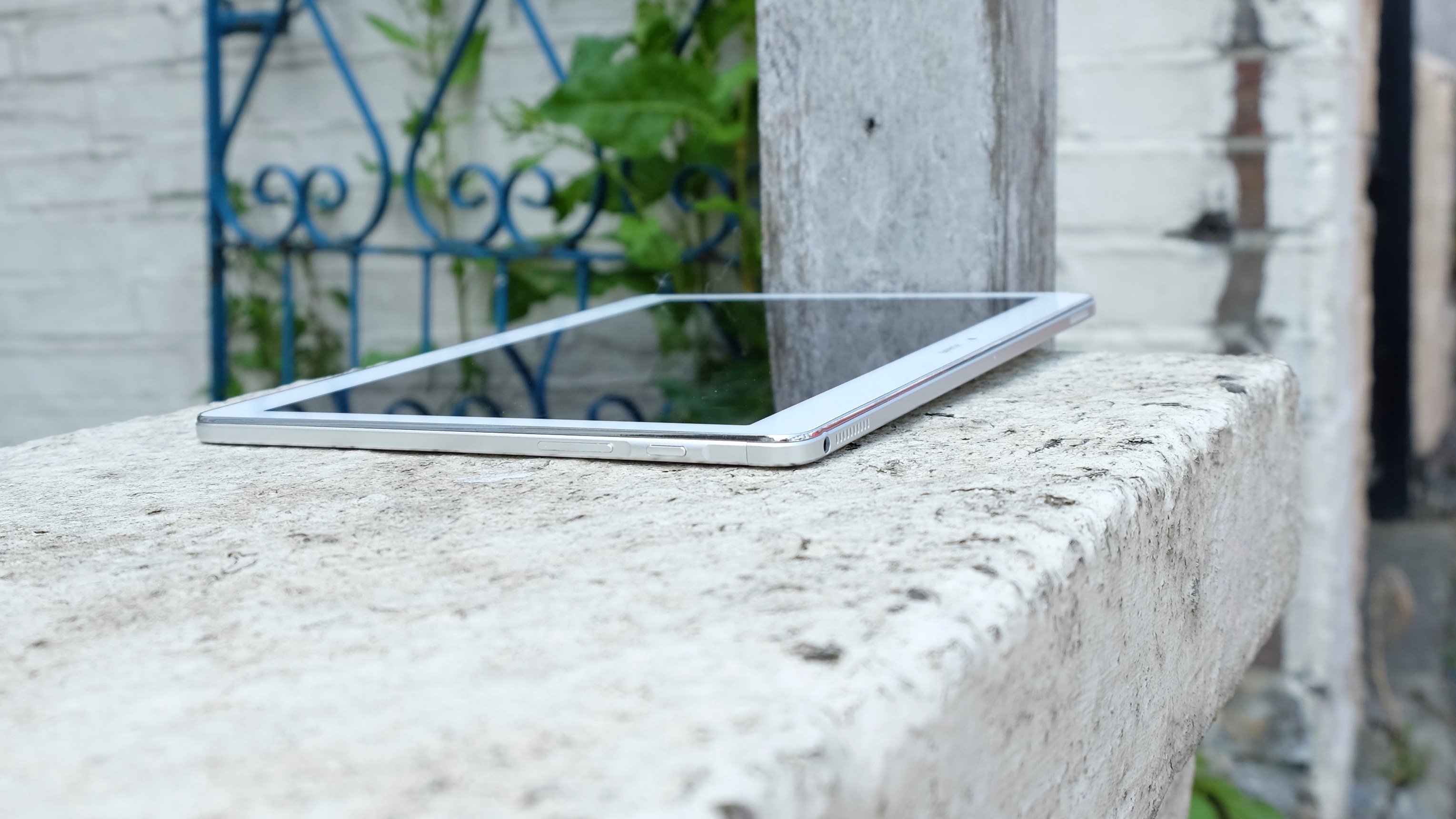
The Kirin 930 seems to be a decent enough chip, but it won't be giving Qualcomm, Samsung, or Apple any sleepless nights. Running the tablet through the popular Geekbench 3 benchmark test, it attained a respectable multi-core score of 3,577.
That's comfortably slower than the iPad Air 2 (4,506), the Samsung Galaxy Tab S2 (4,077), and the Google Pixel C (4,449) - the first of which was launched way back in 2014.
We're talking about a mid-range runner, then, and this bears out in general usage. General navigation through the home screens is fairly quick and smooth, if not quite stutter-free, and booting up apps doesn't take too long. But scrolling through the Google Play store is a curiously stop-start experience.
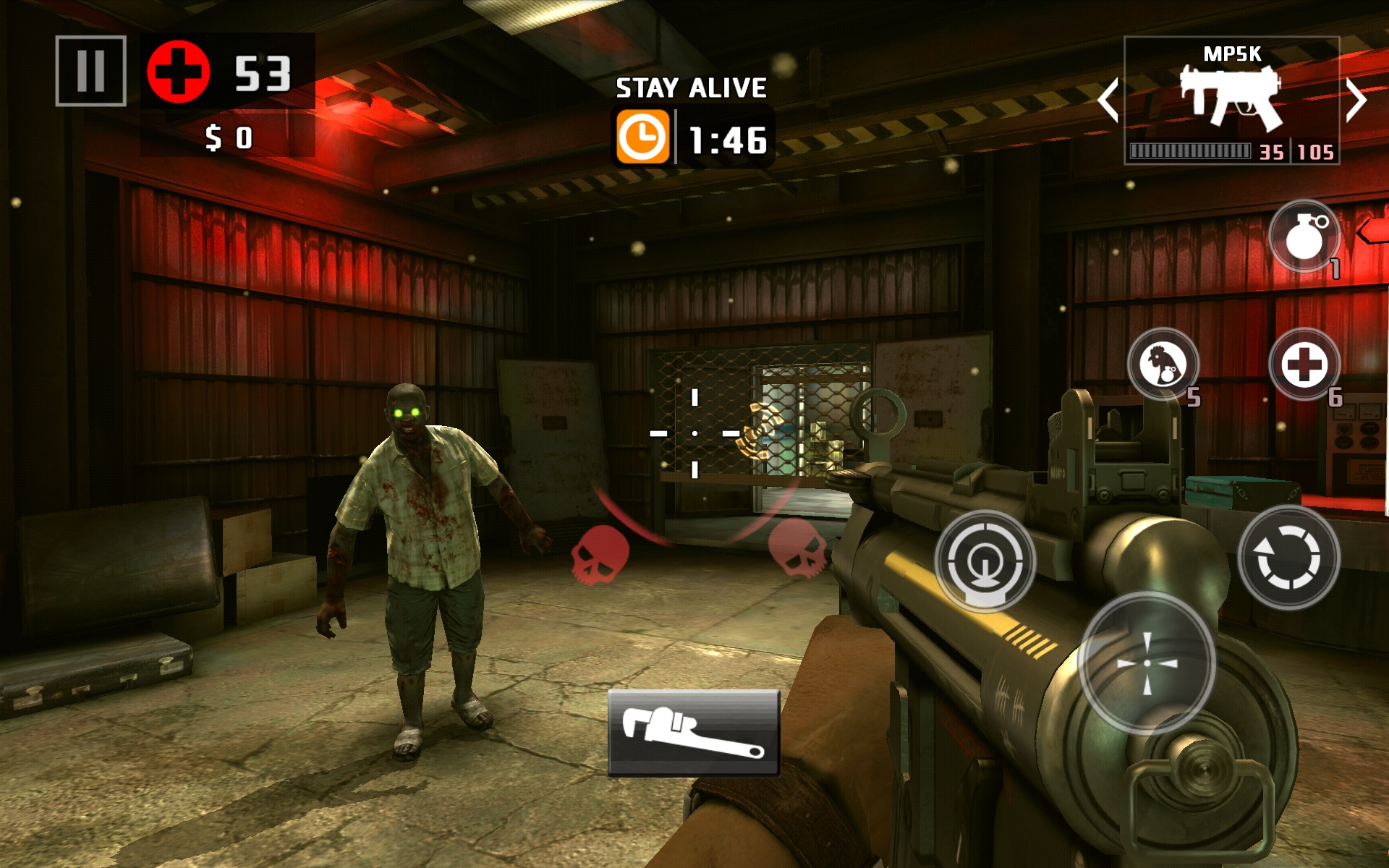
What's more, having played a few games on the slate, I can confirm that it's nowhere near the top tablets for performance. Whether it's demanding 3D games like Dead Trigger 2 or detailed 2D games like Rayman Adventures, I noticed stutters and (in the case of the former) a lack of advanced effects when set to 'High'.
If I were to guess, I'd attribute this to the Kirin 930's slightly out-of-date GPU. It's all still perfectly usable, and of course those speakers enhance the experience, but gamers in particularly might want to consider opting for something with a little more poke.
Mention should be made that the MediaPad M2 runs on Android 5.1 Lollipop, rather than the most up to date Android 6.0 Marshmallow. We've grown accustomed to this tardiness from manufacturers, but that doesn't make it any less annoying - Android Marshmallow was officially released in October 2015.
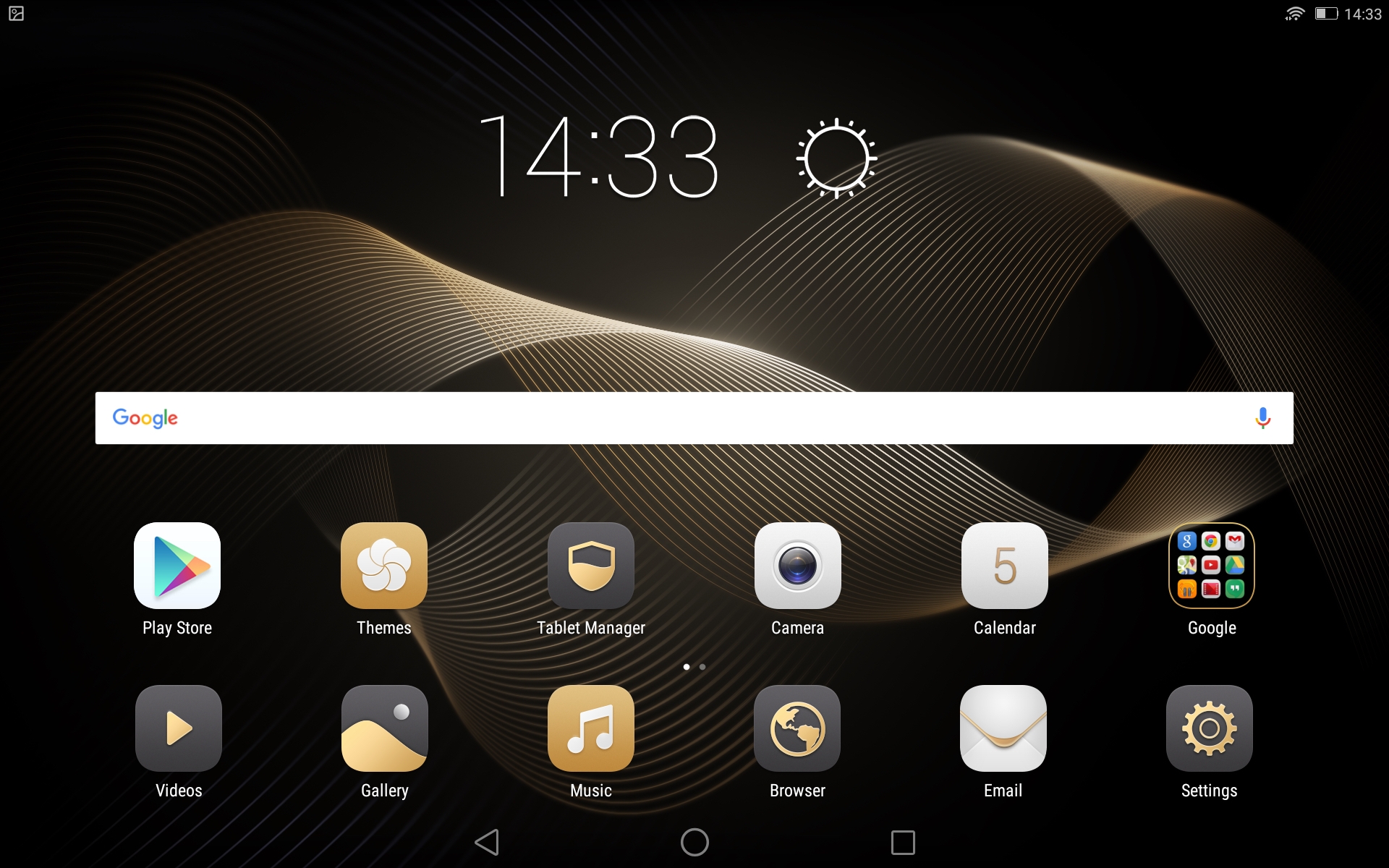
Of course, the reason for this behind-the-curve OS is that Huawei slathers on its custom Emotion UI 3.1 skin, but this, sadly, isn't a particularly good take on Android.
Emotion UI does away with the app drawer, so it's more like Apple's iOS. That won't present a problem for most people, and it's a fairly intuitive UI overall. But it's also full of little annoyances and rough edges, like custom default app icons that change along with a range of ugly themes.
These aren't particularly pleasant as it is, but compounding the issues is the fact that Google's app icons seem stuck on their old versions.
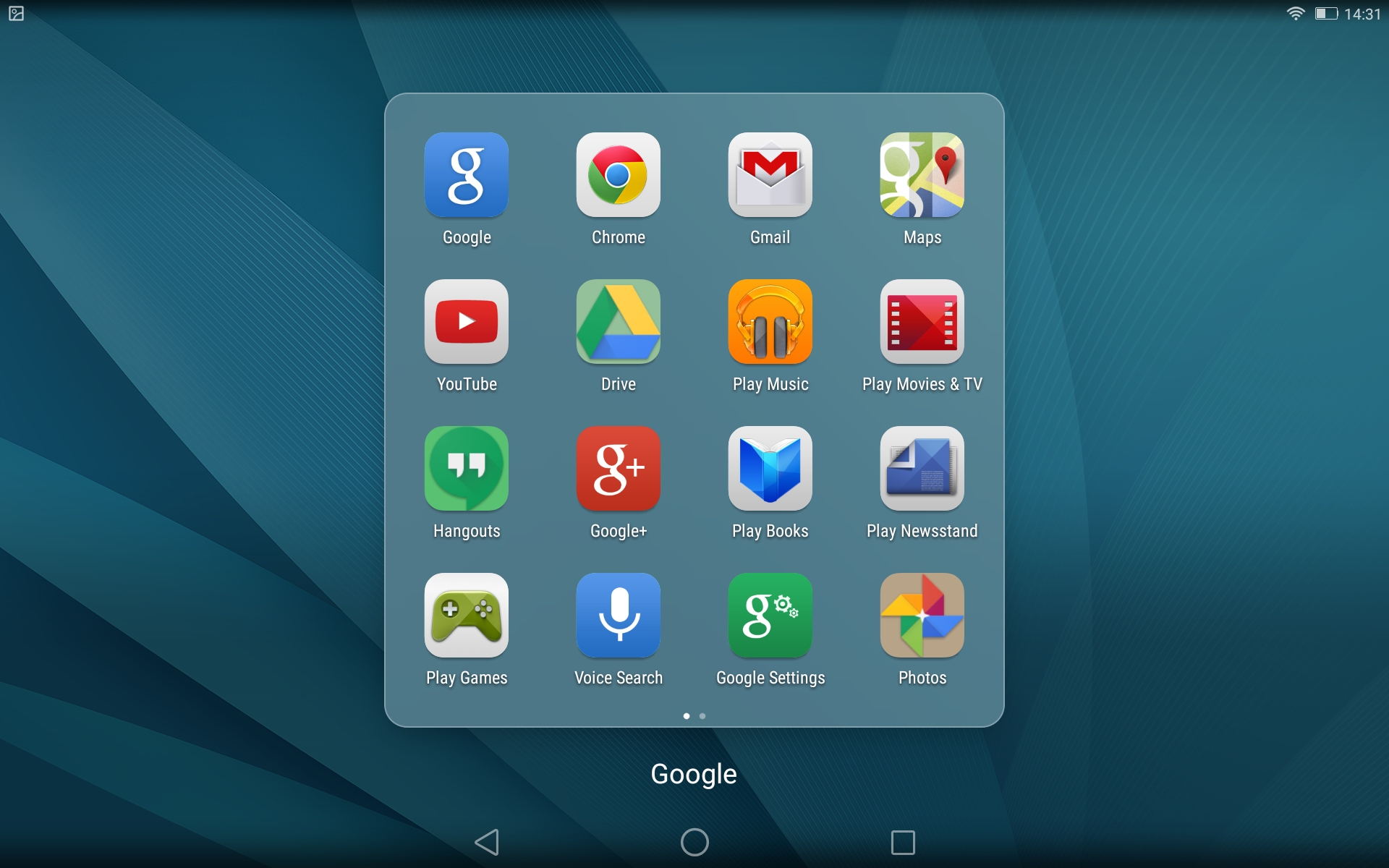
If you want a reminder of how ugly the Play Music icon used to be a year or two ago, take a MediaPad M2 for a spin. Photos, meanwhile, has a hideous browny-beige background, for some inexplicable reason.
The drop-down notification menu is another ugly touch that detracts from the experience. Its thick black design feels like you're entering another menu rather than dropping down a light overlay, and switching between Notifications and Shortcuts feels like an unnecessary extra step.
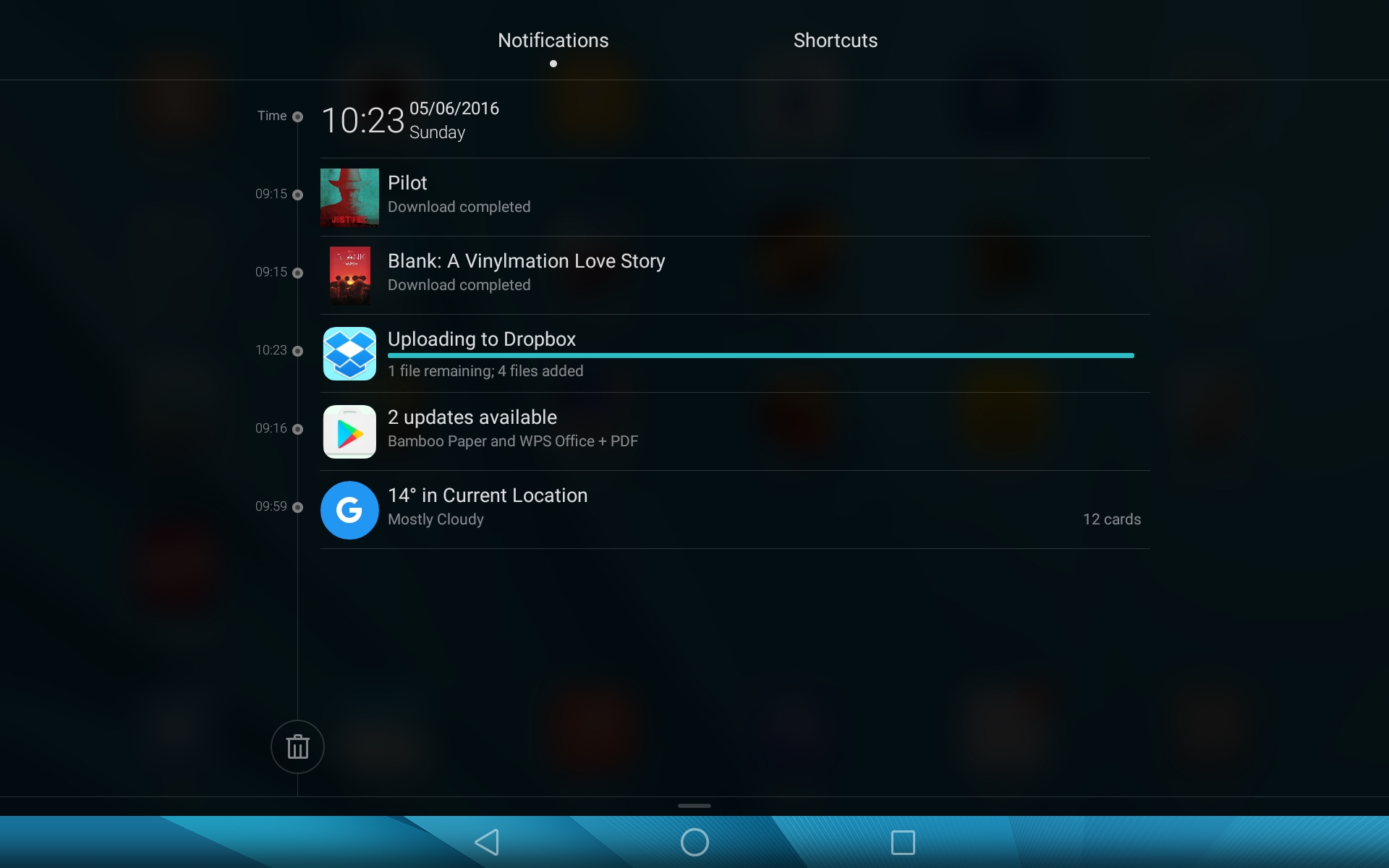
This is still unmistakably Android, so it's perfectly usable day to day. But it's a version of Android that remains wedded to some of the clunkier design flourishes of the past rather than its super-sharp present.
Battery life
There are no nasty surprises when it comes to the Huawei MediaPad M2 10.0's battery life, but nor does it particularly impress. Its 6,660mAh battery managed to carry the tablet through the standard TechRadar 90-minute video stress test, with screen brightness set to full, with 80% left in the tank.
That's ever so slightly better than the iPad Air 2 (79%) and a little worse than the Samsung Galaxy Tab S2 (84%). Let's call that a respectable par, then.
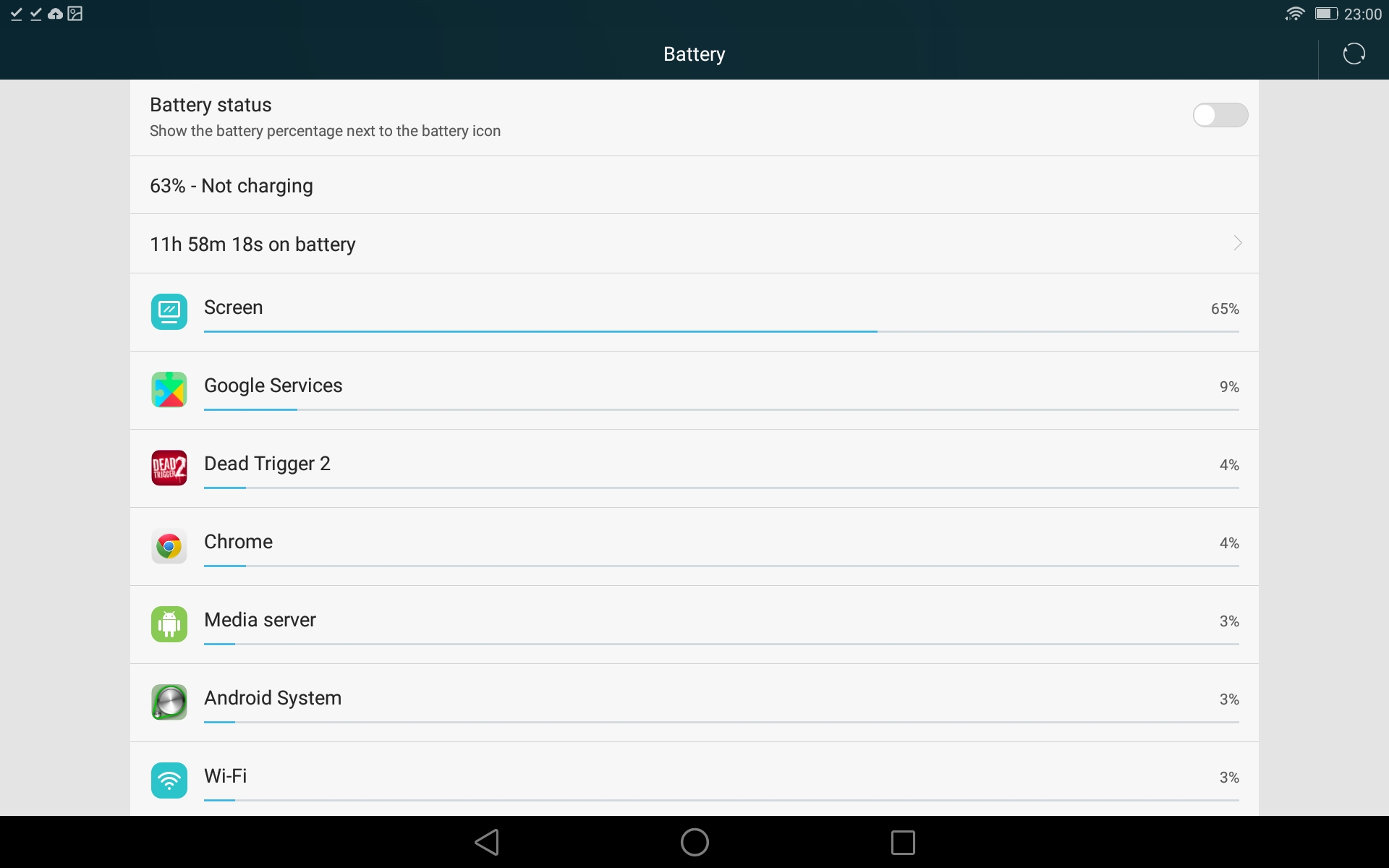
Of course, with lower performance and an inferior screen resolution to both of those rival tablets, you'd perhaps have expected a birdie.
12 hours of fairly heavy usage (including several five-minute gaming sessions, some web browsing, half a dozen photos taken, and some doodling in Bamboo Paper) left the MediaPad M2 with 63%. In other words, it'll clear at least two days of moderate to heavy usage in between charges with change to spare.
